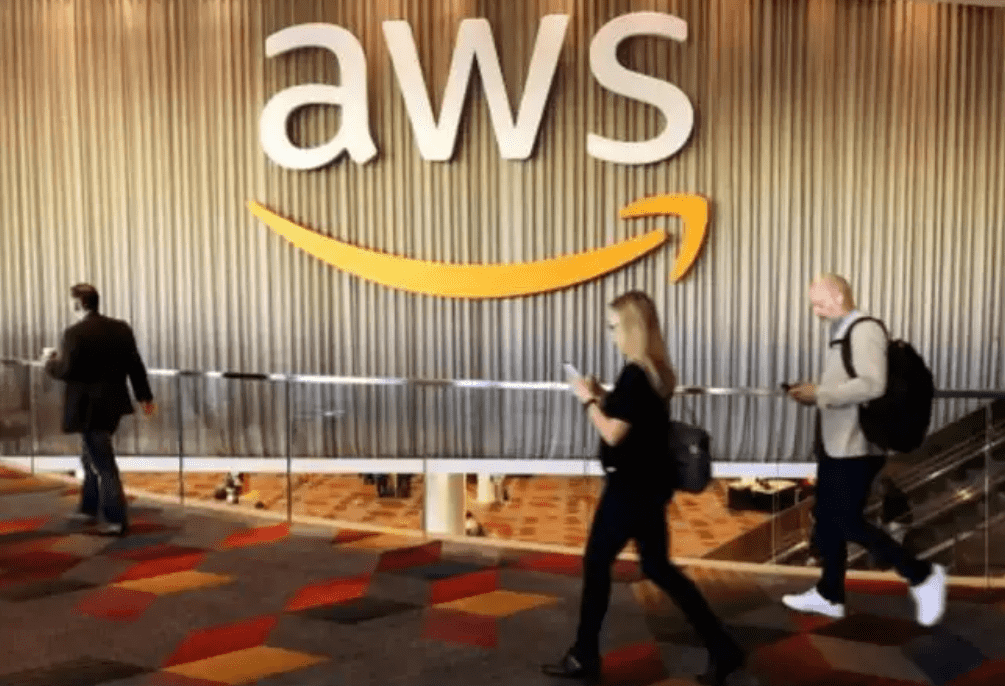In a major disruption that rippled across the digital world, Amazon Web Services (AWS) — the backbone of nearly one-third of the internet — suffered a widespread outage caused by a Domain Name System (DNS) failure. The incident took down major platforms including Snapchat, Reddit, and Roblox, leaving millions of users disconnected and exposing the fragile dependence of global infrastructure on a few massive cloud providers.
This article explores what caused the AWS outage, how it spread so quickly, and what it reveals about the hidden vulnerabilities of the modern web.
1. The Outage in Brief
On October 20, 2025, AWS in its US-EAST-1 region (Northern Virginia) experienced a major disruption. Services began failing around early morning Eastern Time, and the outage affected a broad range of websites and apps: social platforms like Snapchat, gaming apps like Fortnite, messaging apps like Signal, banking services, government sites, and more.
AWS eventually said the issue had been fully mitigated, but not before a cascade of errors, latency spikes and global disruption.

2. What Went Wrong: DNS & DynamoDB in US-EAST-1
a) Root Cause: DNS resolution failure
A central piece of the technical explanation is that AWS identified DNS resolution issues for the DynamoDB API endpoint in US-EAST-1. That is, the Domain Name System (DNS) failed to map the hostname for DynamoDB’s endpoint correctly.
More specifically:
-
AWS status updates pointed to “error rates for requests made to the DynamoDB endpoint in the US-EAST-1 Region.”
-
Investigators also pointed to an “internal subsystem responsible for monitoring the health of our network load balancers,” which was contributing to the outage.
So the outage wasn’t necessarily a malicious attack (no confirmed hacking or ransom event so far), but rather an “operational fault” inside a highly-critical region.
b) Why DynamoDB + DNS matter
Amazon DynamoDB is AWS’s fully-managed NoSQL database service. Many AWS customers rely on DynamoDB for key backend functions. If the DNS for a database endpoint fails, then services that depend on that endpoint cannot communicate properly — leading to broken or severely degraded components.
Since many services across apps, games, websites rely on AWS (and on US-EAST-1 in particular), a failure here cascaded far and wide. In one Reddit thread, an engineer wrote:
“FYI this is manifesting as the DNS record for dynamodb.us-east-1.amazonaws.com not resolving.”
c) The region matters: US-EAST-1 is a critical hub
US-EAST-1 is one of AWS’s largest, most heavily used regions. Many global services host significant infrastructure there. That means a fault in this region can propagate globally. One Reddit commenter summarized it:
“The outage just happened today 20th October. US-east-1 … is known to be the first region … many companies still use it as their primary region … then when it fails, you feel it globally.”

3. Why It Made the Internet “Fall Apart”
a) Single-point of failure effect
Because AWS hosts massive chunks of online infrastructure (storage, compute, databases, networking), troubles in one region touched hundreds of services. The Guardians’ coverage noted over 1,000 companies were impacted and millions of users affected.
When you rely heavily on one provider (or one region) you amplify risk: a fault dominoes key services.
b) Dependency chains and cascading failures
When DynamoDB fails to respond, dependent services might time out, retry, fall back, or collapse. When multiple services across a stack fail, websites, apps, login systems, games, banks all begin exhibiting errors. The initial fault thus snowballs into broader outage.
c) DNS failures are especially disruptive
DNS is the “phone book of the internet” — if it fails, requests cannot find where to go. As Wired explained:
“When DNS resolution fails … you can’t map a URL to its server IP address … services stop loading.”
Thus, even if the service components were operational, if clients can’t reach them, they behave as if they’re down.
d) Regional epicenter + global reach
The fact that this hit US-EAST-1 means many global services were routed through it or depended on it. Even users in other continents found apps broken not because their local region was down, but because upstream dependencies were disrupted.
e) Infrastructure concentration and vendor lock-in
This incident highlights a structural risk: a small number of large cloud providers (AWS, Microsoft Azure, Google Cloud) underpin major parts of the internet. Many companies outsource to these providers because it scales and saves cost — but it also concentrates risk. Multiple experts say today was a “textbook illustration” of the internet’s vulnerability.
You may also like this: Technical Analysis of the Amazon Web Services (AWS) Outage
4. Key Technical Takeaways
-
Design for region isolation: Having backups in other regions may avoid full service collapse when one region fails.
-
Avoid region-centric heavy dependencies: US-EAST-1 is powerful, but also shared by many. Spread risk.
-
DNS reliability is critical: A DNS fault can affect not just web endpoints but internal API endpoints and database services.
-
Monitor internal subsystems: Load balancers, monitoring subsystems, internal routing systems are less visible but vital. They can become a silent failure point.
-
Backlog and latency recovery take time: Even after a fault is mitigated, high latency and queued requests linger — full recovery takes more than just “service is back up.” For example, AWS warned of back-logged requests.
-
Cloud dominance = systemic risk: When one provider falters, many downstream services falter too.
5. Why It Matters for Businesses & Users
For businesses:
-
Reputational risk: Being down for hours means lost revenue, user frustration, brand damage.
-
Operational risk: If your stack uses many AWS managed services (DynamoDB, IAM, EC2, VPC, etc.), an upstream fault can knock out critical paths.
-
Strategic risk: Over-reliance on a single cloud provider or region may not align with resilience goals.
For users:
-
Access to essential services like banking, communication apps, tax services, games can all become unavailable — all because of a cloud provider error.
-
Trust erosion: People expect services to “just work”. These kinds of outages undermine that reliability.

6. What AWS and the Industry Are Saying
-
AWS confirmed “increased error rates and latencies” in US-EAST-1 and later stated the root cause appeared to be DNS resolution of the DynamoDB API endpoint.
-
Engineers deployed multiple mitigation paths and began throttling new EC2 instance launches to aid recovery.
-
UK regulators and experts have raised questions about cloud concentration and whether AWS should be designated a “critical third-party” for financial services because of its infrastructure role.
7. Final Thoughts
In one sense, this AWS outage was caused by something relatively mundane — a DNS resolution failure within a database endpoint inside a major region. But because that endpoint sits at the heart of a vast cloud ecosystem, the ripple effects were massive.
The event serves as a reminder: the internet isn’t this decentralized, free-wheeling thing where every service stands alone. Instead, much of it rides on shared infrastructure. When that infrastructure fails, the impact is broad and deep.
For companies, this means reinventing their resilience and architecture strategies: multi-region deployment, multi-cloud maybe, isolation of critical paths, and awareness that vendor convenience brings dependency risk.
For users, it means that when you can’t access your favourite app, it might not be the app’s fault — it might be the invisible backbone that serves it.

